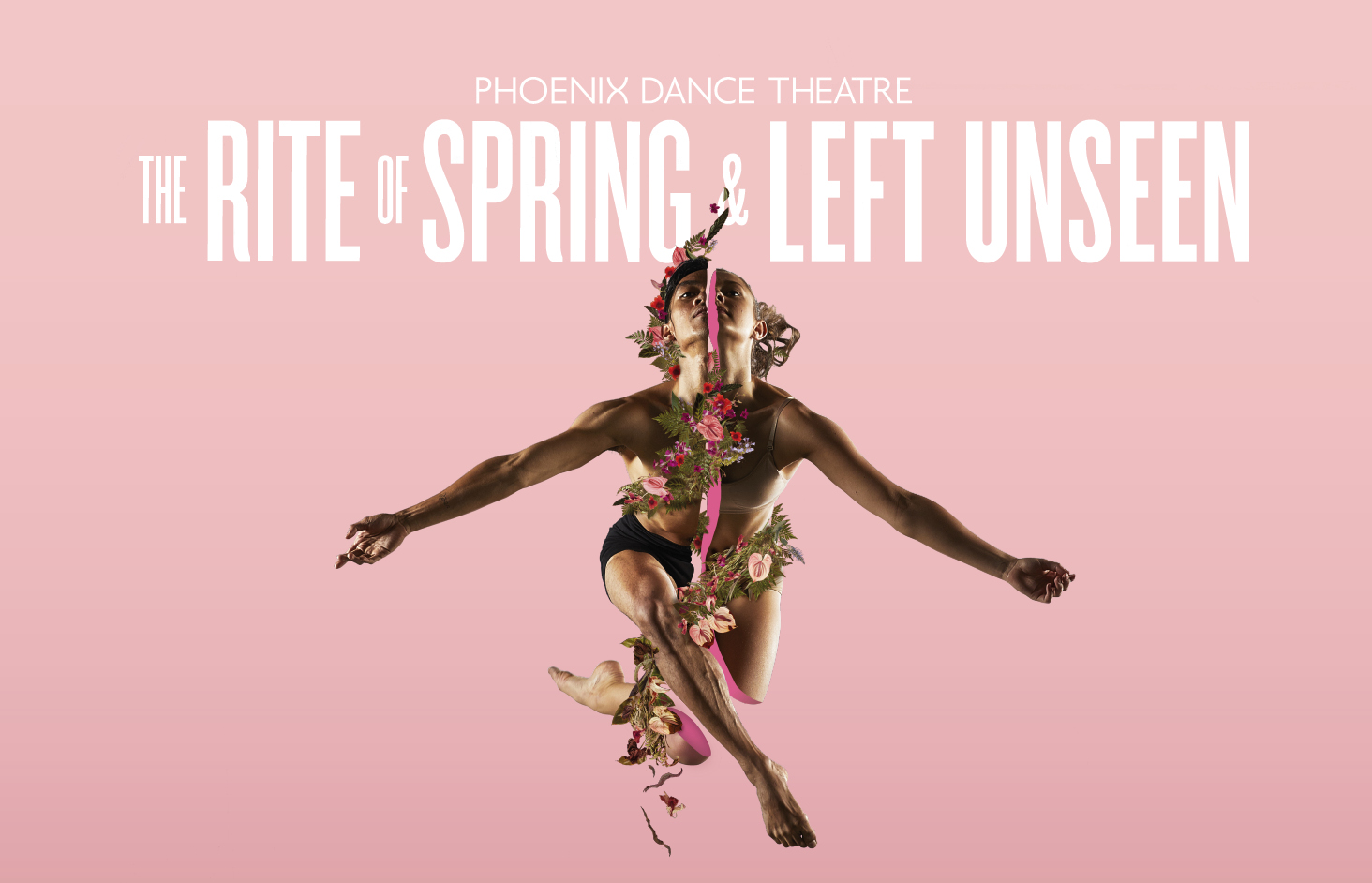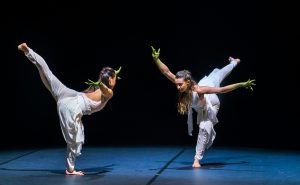THE RITE OF SPRING: HAITIAN VODOU, WHAT IS IT?

In 1913 when the Ballet Russes performed to Igor Stravinsky’s The Rite of Spring for the first-time audience members at the Théâtre des Champs-Élysées were shocked at the avant-garde nature of the work and apparently broke out into riots. Now, over 100 years later Phoenix Dance Theatre perform a reworking by Haitian-born choreographer, Jeanguy Saintus.
In the original version of The Rite of Spring audiences see a story from Pagan Russia unfold as dancers recreate rituals celebrating the advent of spring and eventually a girl, chosen as the sacrificial victim, dances herself to death. Saintus, who believes we see “far too much sacrifice in the world” challenges this notion, dispelling of the sacrificial victim and instead tells his story of Haitian vodou, ceremony and celebration.
So, what is Haitian vodou?
Often demonised by the Western Hollywood stereotype of dark magic and witches sticking pins into dolls, Haitian vodou, is in fact, a religion like any other. Practitioners of the faith believe in Bondye (the Supreme Creator) and its subservient the Loa (spirits). Each Loa is responsible for different aspects of life and have very specific characteristics. Vodouists (Haitian Vodou followers) create special relationships with The Loa through the presentation of offerings, gifts and large celebrations with music, dance and spirit possession. It is these stories that play out in Saintus’ reworking for the Company.
So, who will you see?
The Marasa, the divine twins
Ogou, the spirit that rules over fire, iron, war and blacksmiths
Erzuli, a female spirit of love, beauty and jewellery


